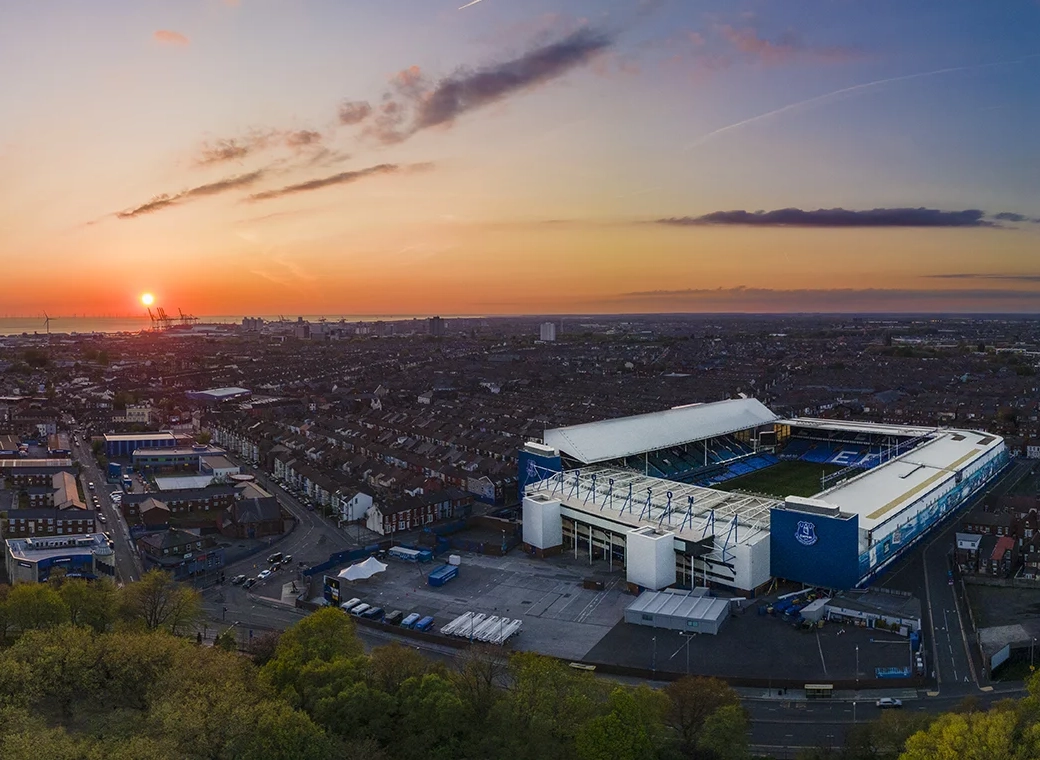In what sense and to what extent? As a passing interest or are you professionally qualified?
Reason I ask is that in all I've read about the new stadium, everything suggests that it has been designed to maximise crowd noise and the consultants have carried out extensive acoustic modelling which included the performance/specification for the roof.
There were surveys done of the noise generated at GP and this used as a benchmark for BM.
However, you have suggested multiple times that it will be poor acoustically.
I studied stadium design at University over 20yrs ago and have been involved in a couple of stadium projects as a design engineer. I've also worked on several other projects involving acoustic engineers who are normally more responsible for sound insulation and dampening rather than crowd noise amplification. However, I'm mainly speaking from experience of standing/sitting in hundreds of stands in the UK and worldwide.
Almost every new stadium design comes with mention or assurances of great acoustic design for atmosphere etc. Most of it is relatively token or slightly misguiding tbh. For instance Wembley and the Emirates were both modelled for acoustics and I don't think anyone would say either is particularly great for football atmosphere. The old Wembley was far superior for football fans to generate an atmosphere.... even with a massive running track. The NWHL was extensively modelled similarly (there are several articles on it), but hasn't overly impressed (yet) in that respect.... though better than the Emirates.
It's important to distinguish between designing for whole stadium sound retention (or whole stadium atmosphere) and designing for individual stand atmosphere enhancement, because there is a slight contradiction in there. The basic principles are fairly simple and well established for both approaches without the need to look at the intricacies of modelling and reverberation times etc.
If you're looking at designing a "kop"-like end terrace for your most vociferous fans, for them then to generate the bulk of the atmosphere... the basic template is the original "Kop" at Anfield or to make it more palatable for us: the yellow wall (south tribune at Dortmund. That is, as many rows as possible with a shed type roof (normally downward sloping) to retain the noise by getting maximum reflective catchment, thus spreading chants across the whole end, firstly prompting full take-up of that chant/song and ultimately projection out onto the pitch by the largest number of people possible (All of which is the opposite at the North stand). In so doing, prompting the rest of the ground to join in etc.
Conversely, if you are looking at noise retention of the whole stadium, treating it as a uniform homogeneous mass, where everyone is equally vociferous and equally responsible for generating an atmosphere.... then you might simply put a large reflective dome over the top (with an aperture for light and rain above the pitch). As an example for instance, have you ever walked across the floor of the domed central library in town and heard every footstep echo off the ceiling from every angle? The Principality stadium or Ajax arena illustrate this effect.
The barrel roof is essentially a 2 dimensional translation of that dome effect. Of course the barrel was Meis' initial sketched concept idea working around the principle of a rolling wave on the shoreside. The acoustic effect is essentially coincidental and secondary. A happy coincidence. Acoustically, the format is not dissimilar to GP. High roof and relatively close proximity to pitch. Simon Inglis the stadium architecture writer and co-author of the green guide described GP as being revered for its atmosphere on the special occasion. I've always thought that was a slightly thinly veiled criticism. As others have described GP as being either a morgue or a seething bearpit dependent on the opposition/occasion. Jack Charlton said GP was the nastiest atmosphere of any ground he'd played at..... making reference to having terraces on all sides with the fans on top of you. It's often forgotten now, but historically the greater noise used to come from the old Goodison Rd enclosure that held over 20k on its own, with Goodison more famed for its roar than singing of elaborate songs.
Essentially, acoustics of stands is generally about how you mass fans beneath a roof. The proximity to and geometry of that roof. It may also be about prioritising sections for the most vociferous etc. The architects of Anfield's new stands have also continually stated that the roof design is all about promoting a good atmosphere. Funneling sound like a megaphone down onto the pitch. So you have one set of architects advocating up turned rooves and others proclaiming the virtues of the downturned roof..... both with acoustic engineers modelling to back them up.









